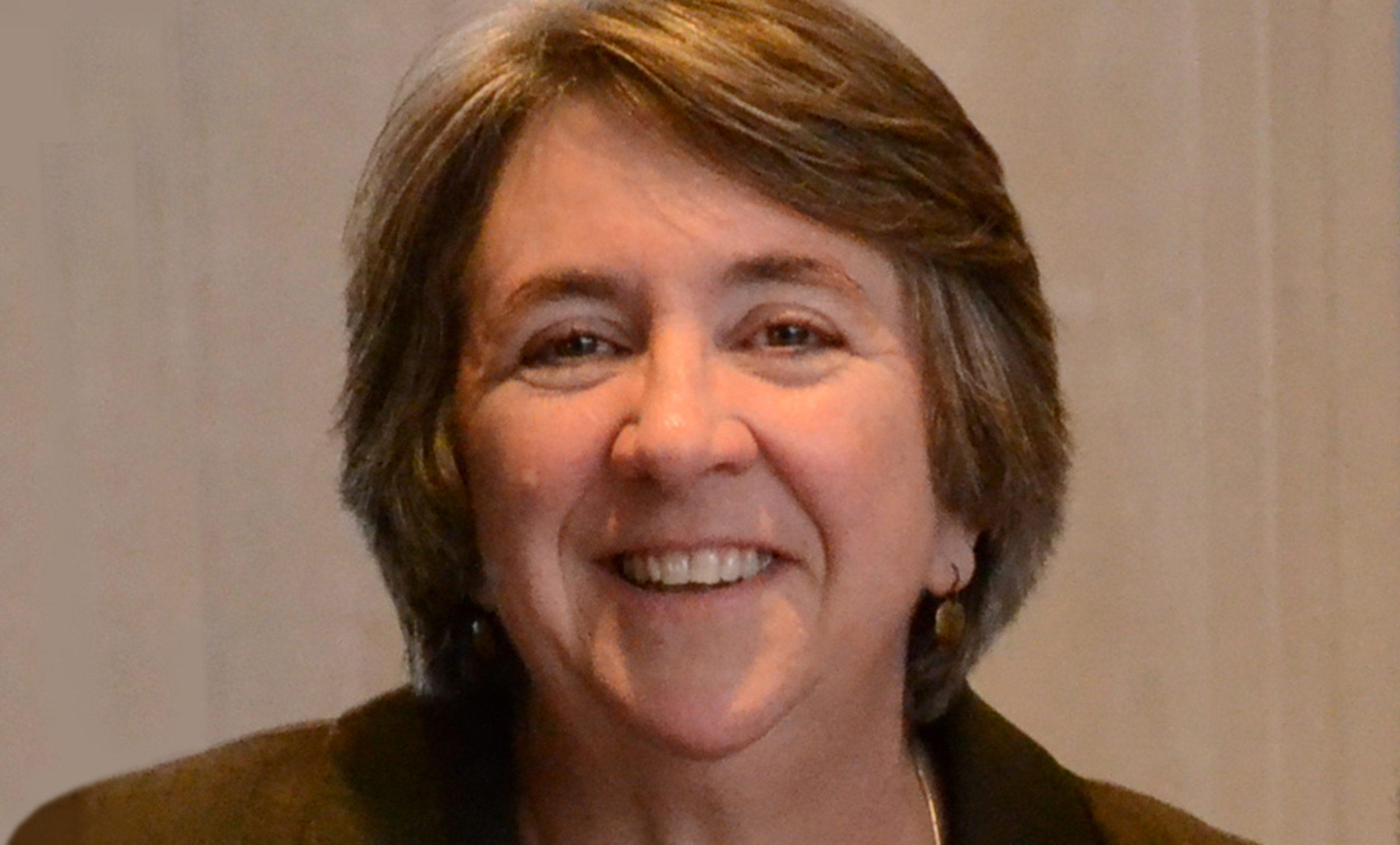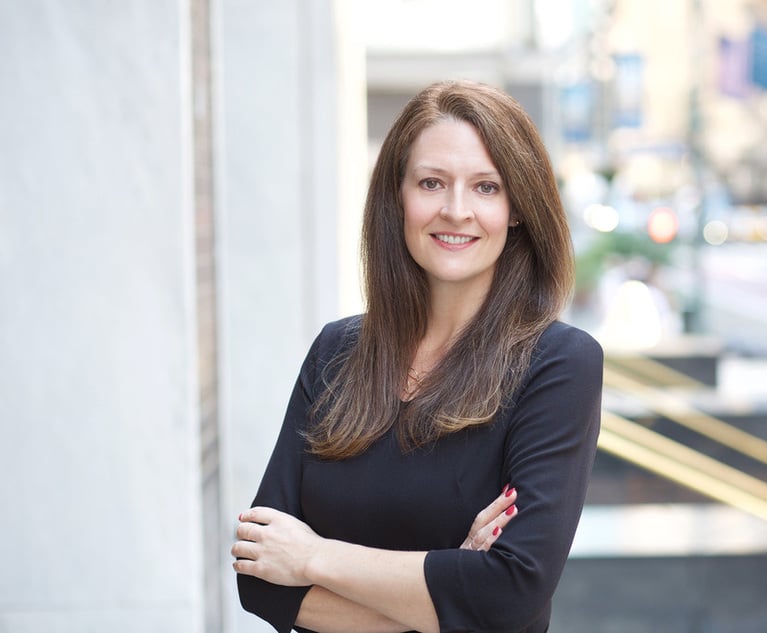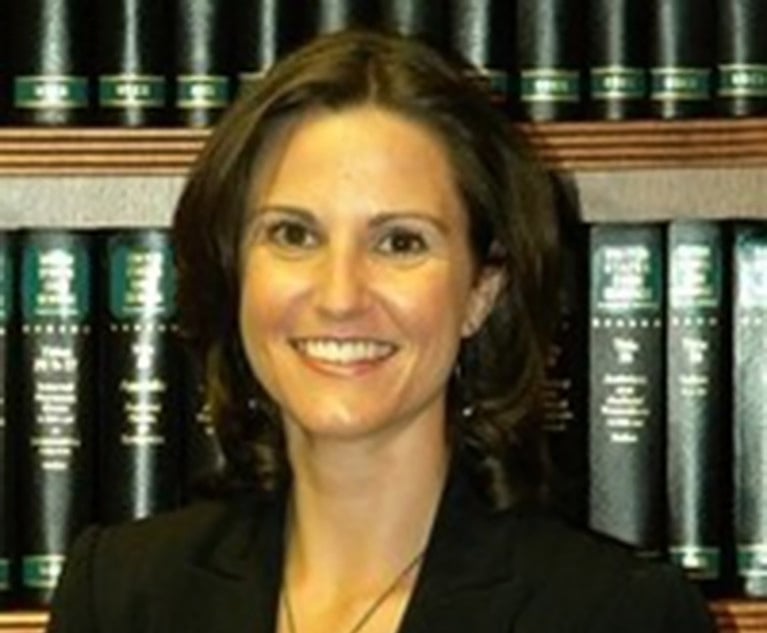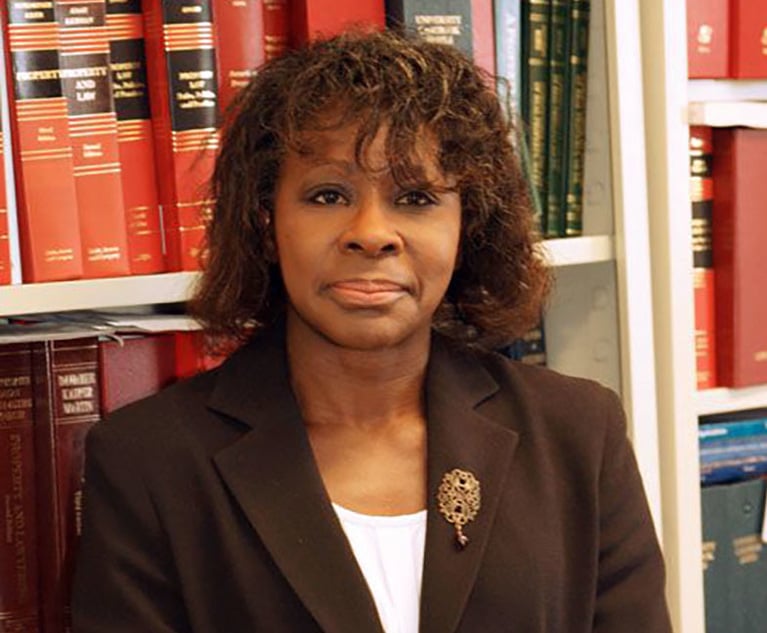Too Few Lawyers? Access to Justice in Rural Communities
Elizabeth A. Garry, Presiding Justice of the Appellate Division, Third Department, writes: With growing populations downstate, declining populations upstate and aging populations statewide, our communities—whether rural, metropolitan or suburban—are facing evolving obstacles to ensuring access to justice for all New Yorkers. The geographical and demographic circumstances in rural settings pose unique challenges, and these are issues that our court system, legal service providers, and other stakeholders are actively working to address.
January 11, 2019 at 11:26 AM
7 minute read
 Elizabeth A. Garry, Presiding Justice, Appellate Division, Third Department; Photo: Courtesy of Albany Law School
Elizabeth A. Garry, Presiding Justice, Appellate Division, Third Department; Photo: Courtesy of Albany Law School
With growing populations downstate, declining populations upstate and aging populations statewide, our communities—whether rural, metropolitan or suburban—are facing evolving obstacles to ensuring access to justice for all New Yorkers. During my first year as Presiding Justice of the Third Department many attorneys have shared their concerns about the availability of legal services, and particularly in the rural regions, as many are located within my Department. The geographical and demographic circumstances in rural settings pose unique challenges, and these are issues that our court system, legal service providers, and other stakeholders are actively working to address.
Recognizing that many of my readers will be in urban areas, let me begin by stating that there are multiple opportunities for a successful legal career outside of urban settings; and there is great joy to be found in a quiet small town or rural setting. Our upstate communities are not particularly diverse, but neither are they hostile to diversity. The people residing in our towns, villages, and farm communities are much more likely to be broad-minded and big hearted than the opposite; I share this observation based upon decades of personal experience. So, to any readers wondering whether their quality of life may be enhanced by a closer connection to nature, let me clearly say that mine has been, and more than that, that I have never lacked opportunities for personal and career growth and service while living in rural upstate communities. These are communities filled to overflowing with history and beauty—and populated by good neighbors.
However, attorneys in rural areas are scarce. Although New York state has one of the highest rates of attorneys per capita in the nation, most areas outside of New York City have far fewer lawyers. Many rural counties have only one or two attorneys per 1,000 residents. The dearth of legal help can make it difficult for people to obtain the routine legal advice necessary to successfully plan for the future, manage their businesses and organize their lives. It also complicates the critical work of securing basic life necessities for those living in poverty. Rural residents are often left to handle their legal problems without the assistance of an attorney.
In response to these challenges, leaders in our court system and the legal profession are working to get more New Yorkers the legal help they need to keep our communities thriving. For example, the Rural Law Center of New York is providing legal services for low-income, rural New Yorkers throughout the state. The Rural Law Center has also partnered with the New York State Bar Association's Committee on Courts of Appellate Jurisdiction to support the Pro Bono Appeals Program, which operates in the Third and Fourth Departments of the Appellate Division. Another project, The Rural Law Initiative, is a pilot program created by Albany Law School's Government Law Center, with partial funding provided by a grant from the U.S. Department of Agriculture. The Initiative is intended to provide non-representative legal advice to farms, small businesses and entrepreneurs in rural areas, on matters including business formation, land use, financial literacy, regulatory matters and more. This program also connects participants to attorneys who can provide more comprehensive representation, and refers non-eligible individuals to other sources of free or low-cost legal assistance. The Legal Aid Society of Northeastern New York and Pro Bono Net have also collaborated on an innovative program called “Closing the Gap.” This initiative uses technology to connect low-income rural litigants with remote volunteer attorneys in the Capital District who provide limited scope representation. These programs are some examples of creative problem solving aimed at tackling the unique barriers to providing sufficient legal representation in rural communities. (For a more thorough and extensive treatment of this topic, see the recent issue of the NYSBA Government, Law and Policy Journal devoted to Rural Justice in New York State.)
Under the leadership of Chief Judge Janet DiFiore, Chief Administrative Judge Larry Marks, my colleagues on the Administrative Board, and leaders in our judiciary statewide, the Court System has also taken steps to address the legal needs of our rural populations. As mentioned above, one initiative that has gained support is the use of limited scope representation, or unbundling. In 2016, the Court System issued a policy statement encouraging this practice. The process of evaluating public comment upon proposed guidelines designed to clarify the ethical rules governing limited scope representation, and forms to facilitate the practice, is currently underway. In addition, the New York State Access to Justice Program has partnered with the New York State Bar Association to hold trainings relative to the use of limited scope representation. This form of representation has been used in various settings, particularly including rural areas, and through pro bono initiatives such as the “Closing the Gap” program discussed above. Although it would be ideal for our state's citizens to have access to full representation for all of their legal matters, the provision of limited scope legal services can be a useful tool in assisting individuals who might otherwise appear pro se in potentially life-changing legal proceedings.
In October, the New York State Permanent Commission on Access to Justice, chaired by Helaine M. Barnett, hosted a Statewide Stakeholders Meeting in Albany. More than 140 individuals—including judges, legal services providers, practitioners, community leaders and public officials—came together to discuss strategies that have been successful and to formulate action plans for local initiatives. Information was shared as to the efforts underway in various communities, and participants then broke out into groups to focus on applying that knowledge to both rural and metropolitan settings. Stakeholders from judicial districts throughout upstate New York have since formed working groups in specific focus areas, such as modest means representation and using technology to address the justice gap, and local action plans are being formulated.
As court administrators, we are also working to address specific problems as we identify them. For example, in the Third Department, we have encountered a shrinking pool of lawyers who are willing and able to serve as attorneys for the child (AFCs) in some areas. For the purpose of supplementing our existing AFC panels, and to thus ensure that appropriate representation is available for young people in those communities, we have recently created additional AFC contract offices. We are currently establishing new AFC contract offices in Broome and Chenango counties, in addition to those which already exist in Clinton, Essex, Franklin, Fulton, Otsego and Schuyler counties.
In a state as large and diverse as ours, there are few one-size-fits-all solutions to the challenges we face. Although impressive progress has been made, there is a great deal of work ahead. We are fortunate, however, to benefit from a wealth of expertise, innovation and commitment among members of our judiciary and legal profession. By collaborating with and supporting the efforts of practitioners, legal service providers and other stakeholders, engaging in long-term strategic planning, and remaining flexible and creative in responding to issues that arise, we will continue to improve access to justice and legal representation for all New Yorkers.
This content has been archived. It is available through our partners, LexisNexis® and Bloomberg Law.
To view this content, please continue to their sites.
Not a Lexis Subscriber?
Subscribe Now
Not a Bloomberg Law Subscriber?
Subscribe Now
NOT FOR REPRINT
© 2025 ALM Global, LLC, All Rights Reserved. Request academic re-use from www.copyright.com. All other uses, submit a request to [email protected]. For more information visit Asset & Logo Licensing.
You Might Like
View All


Trending Stories
- 1Thursday Newspaper
- 2Public Notices/Calendars
- 3Judicial Ethics Opinion 24-117
- 4Rejuvenation of a Sharp Employer Non-Compete Tool: Delaware Supreme Court Reinvigorates the Employee Choice Doctrine
- 5Mastering Litigation in New York’s Commercial Division Part V, Leave It to the Experts: Expert Discovery in the New York Commercial Division
Who Got The Work
J. Brugh Lower of Gibbons has entered an appearance for industrial equipment supplier Devco Corporation in a pending trademark infringement lawsuit. The suit, accusing the defendant of selling knock-off Graco products, was filed Dec. 18 in New Jersey District Court by Rivkin Radler on behalf of Graco Inc. and Graco Minnesota. The case, assigned to U.S. District Judge Zahid N. Quraishi, is 3:24-cv-11294, Graco Inc. et al v. Devco Corporation.
Who Got The Work
Rebecca Maller-Stein and Kent A. Yalowitz of Arnold & Porter Kaye Scholer have entered their appearances for Hanaco Venture Capital and its executives, Lior Prosor and David Frankel, in a pending securities lawsuit. The action, filed on Dec. 24 in New York Southern District Court by Zell, Aron & Co. on behalf of Goldeneye Advisors, accuses the defendants of negligently and fraudulently managing the plaintiff's $1 million investment. The case, assigned to U.S. District Judge Vernon S. Broderick, is 1:24-cv-09918, Goldeneye Advisors, LLC v. Hanaco Venture Capital, Ltd. et al.
Who Got The Work
Attorneys from A&O Shearman has stepped in as defense counsel for Toronto-Dominion Bank and other defendants in a pending securities class action. The suit, filed Dec. 11 in New York Southern District Court by Bleichmar Fonti & Auld, accuses the defendants of concealing the bank's 'pervasive' deficiencies in regards to its compliance with the Bank Secrecy Act and the quality of its anti-money laundering controls. The case, assigned to U.S. District Judge Arun Subramanian, is 1:24-cv-09445, Gonzalez v. The Toronto-Dominion Bank et al.
Who Got The Work
Crown Castle International, a Pennsylvania company providing shared communications infrastructure, has turned to Luke D. Wolf of Gordon Rees Scully Mansukhani to fend off a pending breach-of-contract lawsuit. The court action, filed Nov. 25 in Michigan Eastern District Court by Hooper Hathaway PC on behalf of The Town Residences LLC, accuses Crown Castle of failing to transfer approximately $30,000 in utility payments from T-Mobile in breach of a roof-top lease and assignment agreement. The case, assigned to U.S. District Judge Susan K. Declercq, is 2:24-cv-13131, The Town Residences LLC v. T-Mobile US, Inc. et al.
Who Got The Work
Wilfred P. Coronato and Daniel M. Schwartz of McCarter & English have stepped in as defense counsel to Electrolux Home Products Inc. in a pending product liability lawsuit. The court action, filed Nov. 26 in New York Eastern District Court by Poulos Lopiccolo PC and Nagel Rice LLP on behalf of David Stern, alleges that the defendant's refrigerators’ drawers and shelving repeatedly break and fall apart within months after purchase. The case, assigned to U.S. District Judge Joan M. Azrack, is 2:24-cv-08204, Stern v. Electrolux Home Products, Inc.
Featured Firms
Law Offices of Gary Martin Hays & Associates, P.C.
(470) 294-1674
Law Offices of Mark E. Salomone
(857) 444-6468
Smith & Hassler
(713) 739-1250







